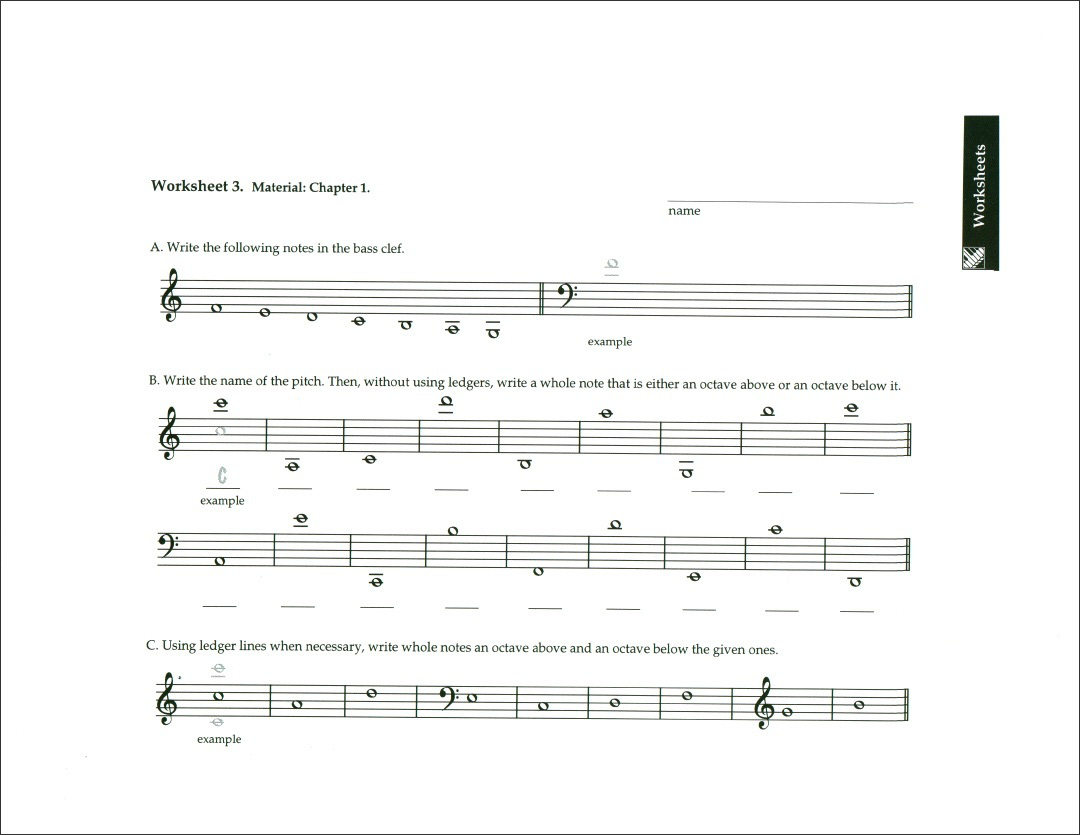

This is an absolute pitch exercise that also involves key signatures in its later levels. 4 levels: naturals, with accidentals, in key signatures without accidentals, in key signatures with accidentals. See above caveat re absolute pitch.įind Absolute Pitches. Identify pitches by ear via multiple choice, with choice of pitch materials. The absolute pitch exercises should be optional, while a good sense of relative pitch is something that most people can acquire with practice.Ĭustom Absolute Pitch. *Caveat: it is not certain that everyone can acquire absolute pitch (often called "perfect pitch") - not all trained musicians have it and there may be a genetic component involved. Identify pitches by ear, choosing with limited multiple-choice boxes.

You can choose the intervals to be heard, and you can choose the clef and key.Ībsolute Pitch. Play the second of two heard notes, first is displayed. Also listed under Ear Training: Intervals. You can choose clef and key.Ĭustom Pitch Matching.


Has 4 levels: 2nds, 3rds, 4ths-5ths, 6ths-7ths. This could be either a keyboard pitch-finding exercise or a singing exercise. A note is displayed and heard, you must simply repeat it. (Also listed under Theory: Reading Single Pitches) 4 levels: naturals, with accidentals, in key signatures without accidentals, in key signatures with accidentals. in Precomposed Examples Theory: Notational Devices Theory: Composition Theory: Note Reading: Single Pitches Theory: Pitch names Theory: Intervals Theory: Transposition and Inversion Theory: Single Chords Theory: Chord Progressions Theory: Scales and Key Signatures Theory: Meter Theory: Note Reading: Intervals Theory: Note Reading: Rhythm Reading Theory: Note Reading: Melodic Pitches Theory: Note Reading: Melodic Pitch and Rhythm Together Theory: Voice Leading Theory: Analysis of Harmony, Texture, etc. ** Here is a list of Practica Musica v.7 activities and v.6 equivalents: activities chartĪctivities below are listed very roughly in order of increasing difficulty within each topic.Įar Training: Single Pitches Ear Training: Intervals Ear Training: Single Chords Ear Training: Scales Ear Training: Meter Ear Training: Melody: Pitch Only Ear Training: Melody: Rhythm Only Ear Training: Melody: Pitch and Rhythm Together Ear Training: Chord Progressions Ear Training: Hearing Form, Texture, Other Characteristics in Precomposed Examples Activities scored for points will all mark errors or otherwise inform you of the error, and all will store their scorekeeping records within your personal file. An activity that generates melodies will create them anew for each problem attempt, and so on. An activity that presents intervals, for instance, will choose intervals at random from the list of allowed types set in the activity description. If an instructor has customized some activities for use with a class they can be uploaded to the class WebStudents account and the program can then open those, too, from the table of contents.Īctivities that do not specify pre-composed or library examples will all generate their example material at random so that it is new each time. All the activities listed below are included in each copy of Practica Musica and can be accessed through the table of contents when the program opens.


 0 kommentar(er)
0 kommentar(er)
